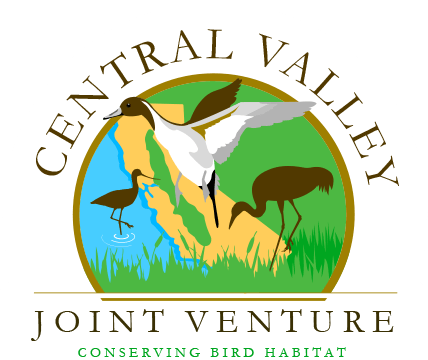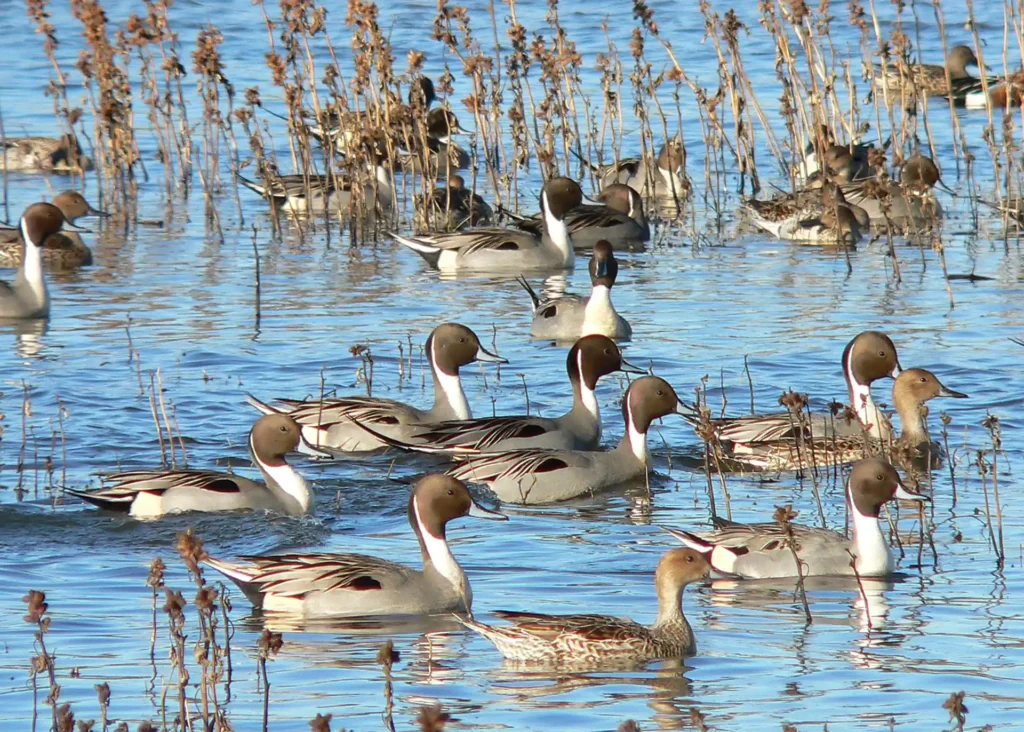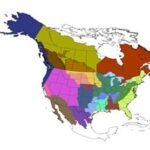A recent study by UC Davis and Point Blue Conservation Science researchers supports CVJV’s win-win view of water and land use management in the Central Valley. The study validates what many scientists and practitioners have long understood: California’s rice agriculture provides critical habitat for a diverse array of wildlife species when managed with conservation in mind.
The research, funded by the California Rice Commission, establishes a “conservation footprint” for multiple species of wildlife in California rice fields, underscoring the vital role of agricultural lands in supporting fish and wildlife in addition to their primary food production purpose. The research aims to answer what the article calls a “deceptively simple, but deviously complex question. Assuming that we maintain the current level of natural habitats, would it be possible to collectively estimate the number of acres of rice needed to meet many of the conservation needs of multiple species?”
This project highlights the ecological value of rice fields for several key taxonomic groups identified in the 2020 CVJV Implementation Plan, including wintering waterfowl, breeding and non-breeding shorebirds, black terns, and sandhill cranes. Notably, the study also illuminates the connection between rice agriculture and other keystone species, including threatened giant garter snakes and imperiled salmon and steelhead.
“This synthesis of existing data reinforces the importance of CVJV objectives to permanently protect 54,000 acres of rice with conservation easements and maintain 325,000 acres of winter-flooded rice for migratory birds,” said Craig Isola, Conservation Coordinator for the Central Valley Joint Venture.
The multi-species approach explored in this study aligns perfectly with the CVJV’s commitment to pursuing and implementing multiple-benefit habitat protection and restoration projects. By demonstrating how conservation practices in rice agriculture can simultaneously benefit birds and other wildlife, the study strengthens the case for continued funding and support of these efforts at a critical time when securing resources for conservation initiatives faces increasing challenges. The research makes a clear and compelling case for protecting these vital habitats through coordinated action between agricultural and conservation stakeholders.For more information on this research, visit the California Water Blog.




